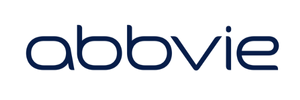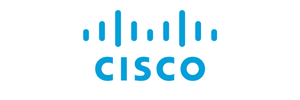
Are you perpetuating biased leadership?
We will not significantly move the dial regarding greater inclusion at senior levels until we change how leadership is defined and lived every day. Fundamentally inclusion is not about women (or age or race for that matter) – it’s about leadership.
Understanding how leadership comes to life in your organisation involves recognising the expectations people hold about leaders, particularly what “good” leadership supposedly looks like. It also means recognising the types of people who fit these sometimes outdated expectations. And it means identifying the behavioural markers that speak volumes about how leadership comes to life. It is the invisible, yet embedded practices in organisations that all combine to create the imbalanced leader scenario we have today.
The leadership you and your organisation are living is actually easy to see – you just have to be on the lookout. If you really pay attention to the language people are using and the stories they are telling – particularly at senior levels - you will have all the information you need to see how leadership is lived in your organisation’s world. A simple example that seems to be fairly prevalent is the banter between executives who are afraid to speak up for themselves or their teams in executive meetings. Behind closed doors they are open with one another but in more public team forums they toe the line. These fear based behaviours not only perpetuate the leadership bias but also send really poor messages to the rest of the organisation. Such a simple practice sends a powerful implicit message that leadership is about deferring to hierarchy and not being authentic.
From an inclusion perspective, time and time again we are showered with stories of women who made it to the top because of their own unique strengths/character/willpower. And then we hear about just as many women who opted out/started again or made different decisions for their lives and careers. In almost every story it seems we are fixated on looking at the individual woman rather than the context, the norms, the societal and organisation expectations in which they were operating.
So it is with some relief that the latest recent McKinsey Women in the Workplace 2016 includes for the first time the constraints that are evident for women (and men) purely by how leadership is defined (p.16). From my own experience it comes as no surprise that men as well as women often don’t aspire to executive levels because they don’t identify with the leadership norms of their leaders.
For the last six years my team and I have been diligently at work with our clients challenging their own definitions of leadership and how they are living leadership for themselves. It is time to disrupt the status quo of how leadership is characteristed and help our organisations and each other define leadership more diversely and more accurately. Leadership is as diverse as the people you ask – you just need to ask them, and then empower them to realise their own leader potential. This practice helps individuals define leadership on their own terms and in so doing, frees up leadership definitions more broadly so that leadership becomes more accessible to everyone and far less biased.
Suzi's book on Amazon:
Build Your Leader Identity: A practical guide to leading authentically from any position
McKinsey & Company:
Women in the Workplace Report













